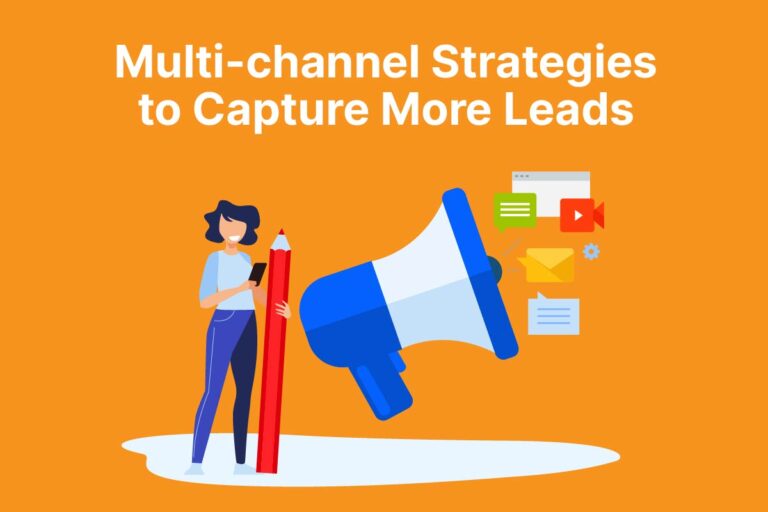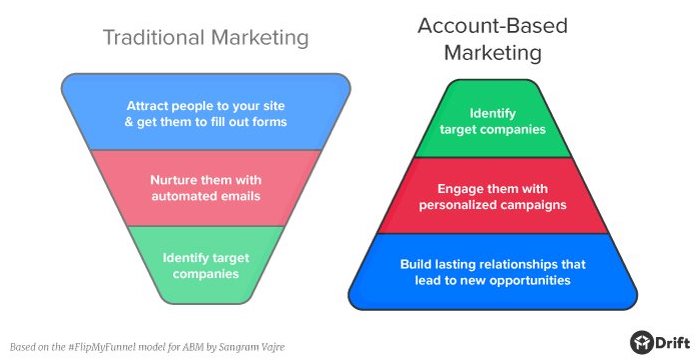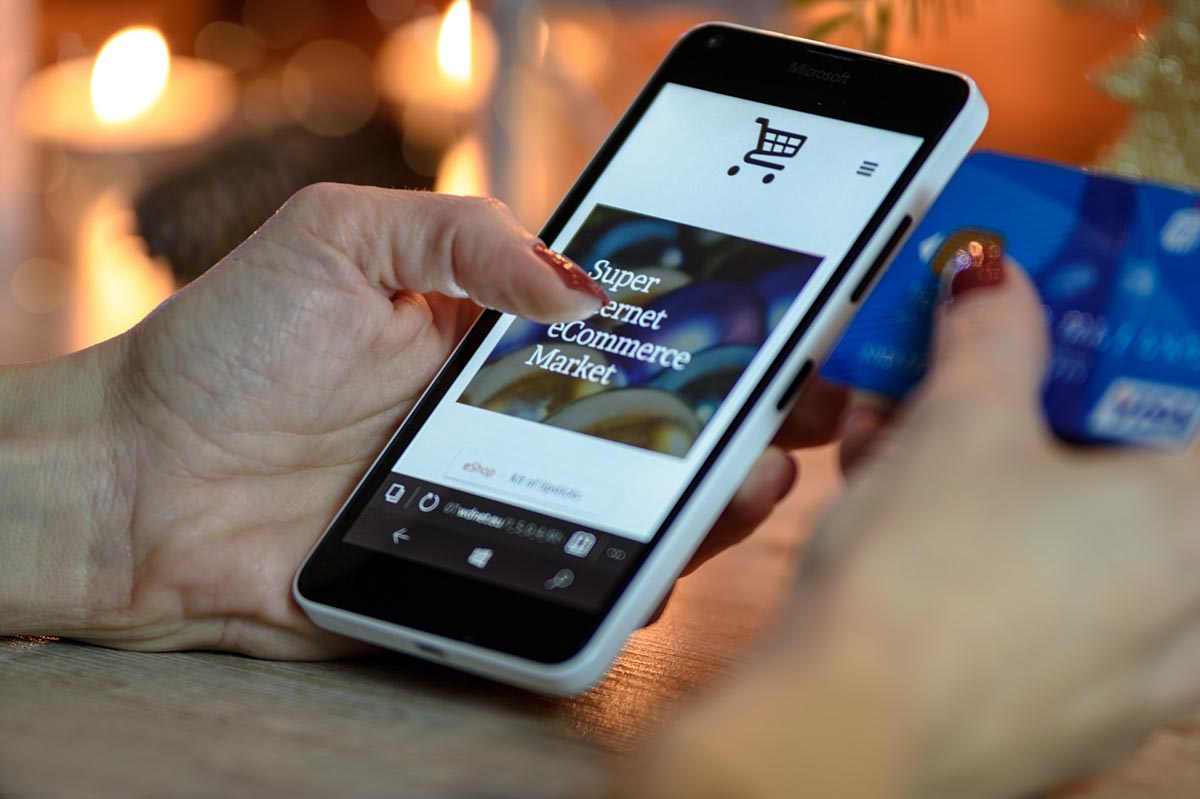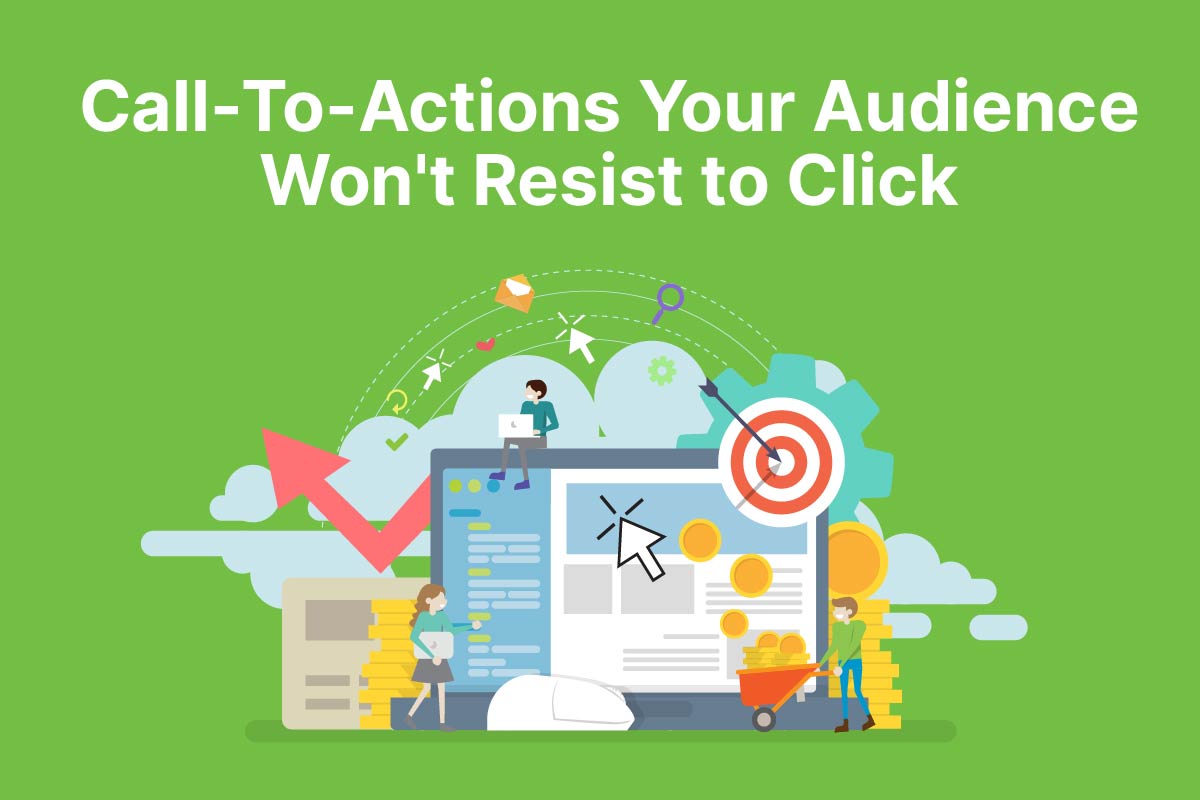Accelerate Blog / Multi-Channel Strategies to Capture More Leads
Multi-Channel Strategies to Capture More Leads
- Written by Keziah Cruz
- published on May 13, 2021

The rapid rise of available channels gave customers more control over the buying process than marketers do. Customers today have more choices on how they want to get information and how they want to purchase products and services.
How can you bring these all together? You need to optimize your lead generation channels to attract visitors, turn visitors into leads, and ultimately customers. This article looks at how to create a revenue-driving multi-channel marketing experience. But first, let’s break down multi-channel marketing.
What is Multi-Channel Marketing?
Companies with a solid multi-channel customer engagement see a 9.5% year-over-year increase in annual revenue, compared to the average 3.4% increase with a weak multi-channel approach. Multi-channel marketing is an omnichannel marketing approach that provides the customer with a seamless buying experience from different channels. The need to utilize everything from physical store visits, website, email, and social media to research, evaluate, and purchase have never been critical.
Challenges of Multi-Channel Marketing
Today the abundance of channels and choices in delivering the right message to the right audience isn’t enough. Marketers are now under pressure to craft persuasive, valuable, and action-oriented messages for each channel. Here are two of the biggest challenges marketers face when it comes to multi-channel marketing.
1. Changing customer preferences
Customer preferences are increasingly evolving. As a result, the constant development of meaningful touchpoints must span fluidly in different channels in a way that the customer finds valuable.
2. Marketing Attribution
Know which channels, campaigns, or sequences contributed to qualified conversions and sales is becoming difficult. Knowing what triggered a customer response can enable marketers to evaluate whether their marketing efforts generated the best results.
Ways to Build a High-Converting Multi-Channel Strategy
Customers move across channels quickly. Therefore, your multi-channel strategy should simultaneously adapt. Knowing which campaigns led to the visitor’s action enables you to establish the success of your marketing activities.
1. Utilize customer data
Capturing leads is about getting to know your audience and understanding who they are. The only way to gauge the effectiveness of a multi-channel approach is to track your customer movements and responses. Gathering enough data about your target audience will help you create a buyer persona that reveals which channels they prefer to use and what activities they tend to engage within your activities.
But how do you exactly do it? Simple. Go through your customer data and consider asking these critical questions:
- Which buyer persona responds better to a specific campaign?
- Which channel are they active?
- Which channel converts higher?
- How often do they buy from a particular channel?
Once you’ve pulled out customer insights from the data gathered, factor in where that prospect is in your marketing funnel. Figure out the bottlenecks by refining your targets and messages. Then use behavioral marketing tactics to tailor your customer experience to each audience.
2. Personalize the buying experience
Today’s customers expect unique experiences when searching for a product or service. Traditional differentiation approaches are slowly becoming ineffective as competitors can easily imitate them. But differentiation is still possible through personalized strategies in which brands create unique experiences tailored to individual customers.
Customer segmentation gives you a better view of how a group of similar interests behaves and communicates. From this data, you can create a marketing strategy that understands how to best target and sell to a specific audience group. There are different approaches you can segment your audience. Some of the most basic approaches are:
- Geographic: segmentation by country, region, state, etc.
- Demographic: splitting according to sex, race, age, economic standing, etc.
- Behavioral: segmenting by attitude and characteristics towards a product or service’s usage rate, performance, and response.
- Psychographic: splitting according to the user’s interests and opinions.
3. Account-based Marketing
No other strategy can capitalize more than account-based marketing. Account-based marketing targets its efforts to one customer at a time. When personalizing an account-based marketing strategy, planning looks somewhat similar to the diagram below.

Image from Drift
Typically, marketing strategies today start with driving traffic, getting leads, then nurturing those leads until they are ready to buy. Account-based marketing, however, is the upside-down version. You start with your end goal of driving traffic specifically from the most valuable accounts of your company.
When offered to millions using proprietary segmentation data and highly personalized customer experiences with the help of account-based marketing, competitors will find it a hard time to imitate your product or service approach. And if executed well, such experiences will enable businesses to differentiate themselves and gain a sustainable competitive advantage that will drive up customer loyalty and the top of mind.
4. Track Micro Conversions
Suppose you stumble upon underperforming campaigns or ads. You can use micro-conversions to identify each activity a potential customer needs to take to convert. These activities can be:
- The number of site visitors who engage with you based on the number of pages visited
- Opting to download a white paper or blog signup
- How far the average converting user scrolls down on your page
- How much time a user spends on every page
5. Create channel-specific goals
Establish channel-level goals that are heavily influenced by your overall strategy. For example, you may find the bulk of your leads through LinkedIn. Your goal may be to triple your MQLs over the next year through content marketing on LinkedIn.
You can make content for buyers across each stage of their buying journey. Brainstorm what materials you can deliver to help nudge prospects closer to the point of them signing up for a free trial or even a coupon.
6. Leverage lead magnets
The use of social channels, emails, and other tactics can be pretty exhausting and challenging, trying to keep up with all the intricacies of letting your voice be heard.
Lead magnets have been an effective way to cut through all this noise. There are two top reasons why businesses use lead magnets:
- To initiate interaction with visitors: they are leveraging the initial interest because sooner or later, that prospect will need to make a purchase.
- To find high-quality leads: they focus on improving the quality of leads that will eventually mean a higher ROI.
By enticing potential buyers with value right from the first touch, you initiate a productive conversation and help educate prospects on how your product can solve their pain points. You may start by building offers into your marketing funnel based on specific actions taken by your customers from each channel.
Final Thoughts
With the rise of multi-channel and multi-device interactions, the benefits of multi-channel marketing outweighed its challenges. It’s easy to chase the trend, but it’s unsustainable. Multi-channel marketing requires mapping a customer journey and then tracking activities from day one.
By integrating different channels into a holistic model, you open up the door for new customers and encourage current customer loyalty. A multi-channel strategy is one of the best tactics that your business should consider adopting. If you’re thinking of jumping on the train and want to learn more about multi-channel marketing. Engage with an Accelerate certified expert today.
Subscribe to our newsletter.
By clicking subscribe, you acknowledge Accelerate uses your information in accordance with its Privacy Policy. You may unsubscribe at any time using the link in our emails.



